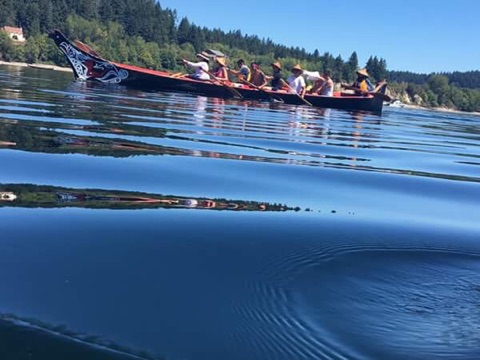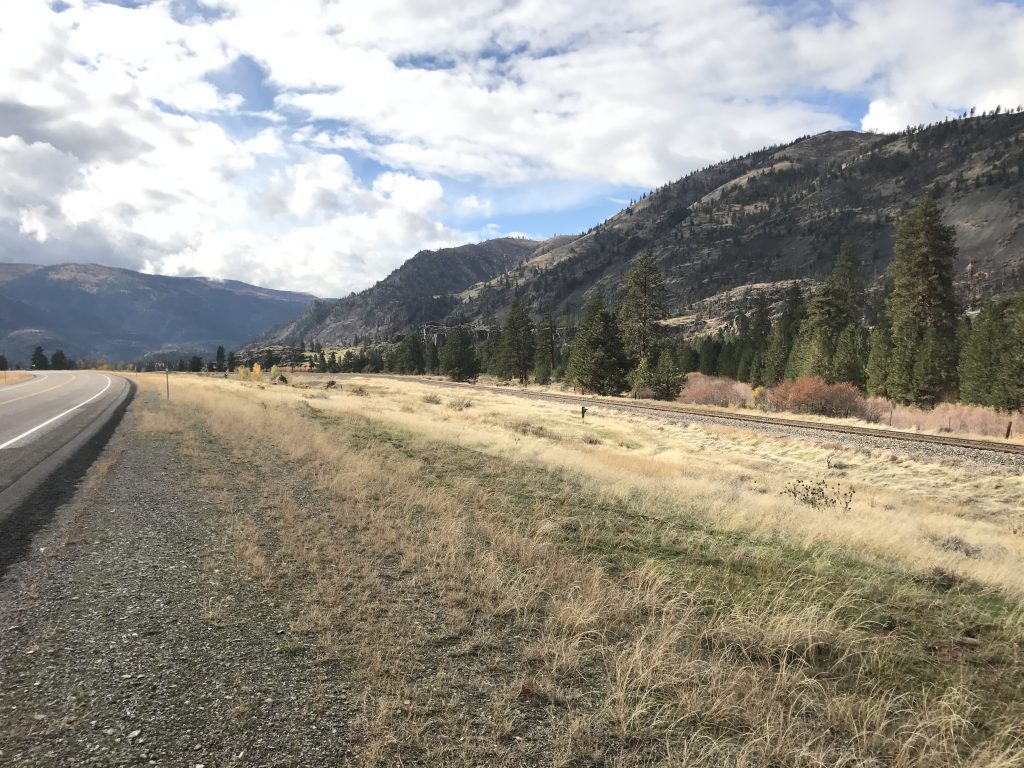News & Events
January 21, 2015
Taking Steps to Eliminate Violence against Native Women
In September 25-26, 2014, a small group representing research, policy and community advocacy came together to begin to articulate a research agenda to eliminate violence against Native women. This was facilitated and sponsored by the National Indigenous Women’s Resource Center (NIWRC), a Native nonprofit organization created specifically to serve as the National Indian Resource Center Addressing Domestic Violence and Safety for Indian Women, and the Indigenous Wellness Research Institute’s (IWRI). Under the leadership of Gwendolyn Packard at the NIWRC and Bonnie Duran at IWRI, with support from IWRI staff member Anastasia Ramey and PhD candidate Katie Schultz, the group met for two full days in Seattle. They discussed the state of the current knowledge base on violence against Native women, current and ongoing research efforts, and began to draft a research agenda to address urgent or missing areas of research in the field. Priority topics that emerged from this meeting included: reducing the prevalence and impact of trauma exposure; examining culturally-based programs more thoroughly; exploring intimate partner violence within the context of health disparities, historical trauma, tribal sovereignty, and other community level issues; more research on the role of Indian child welfare and foster care programs; and more research on program implementation and service delivery.
The group met again on December 11-13, 2014 in Palm Springs, California for working meetings to examine and refine the goals of the group and its research agenda. They were also treated to a review of the history of the battered women’s movement and Native women’s activism as well as a community report on sex trafficking in Native communities. Goals that emerged from this meeting were to refine the group’s mission, vision and principles; write a response to the newly released report from the Attorney General’s Advisory Committee on American Indian/Alaska Native Children Exposed to Violence; and draft a summary of desired research funding needs.
A unique attribute of this group is that it brings together researchers, policy advocates, longtime activists, community members, and service providers to share their vast and varied knowledge and identify remaining needs in addressing this urgent issue of violence in Native communities. Many participants have expressed how valuable is has been for individuals from all of these areas to come together to share their historical and current knowledge about violence against Native women, families and communities. This is an important collaboration among the University, non-profits, and community-based organizations and individuals. The group plans to meet again in spring 2015.




